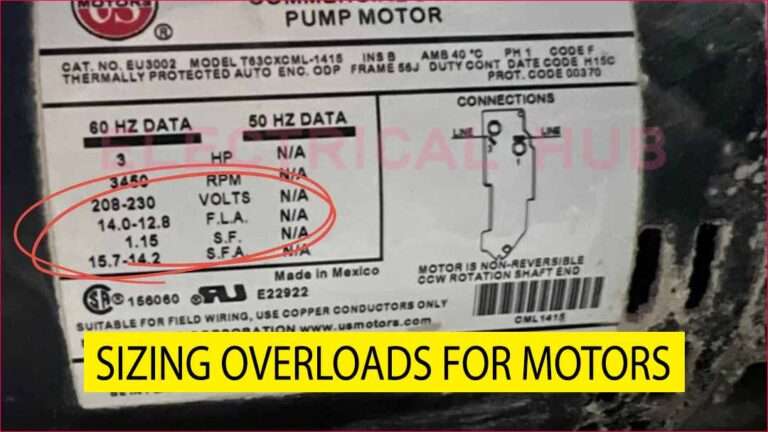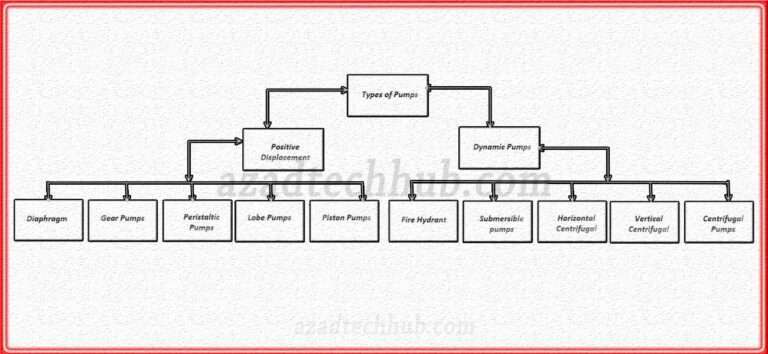What is the Difference Between AC Submersible Pump and DC Submersible Pump?
Understanding the difference between AC submersible pump and DC submersible pump is essential for making an informed choice for irrigation, residential water systems, or solar pumping applications. Both pump types are widely used across agriculture, households, and industrial sectors. However, their working principles, power requirements, and efficiency levels differ significantly. This article delves deep into their functionality, advantages, disadvantages, and real-world applications.

What Is a Submersible Pump?
A submersible pump is a type of pump that works while fully submerged in water. It pushes water to the surface rather than pulling it, which makes it more efficient in deep water sources. These pumps are commonly used for wells, boreholes, ponds, and water tanks.
Submersible pumps come in two primary power options:
- AC submersible pumps (Alternating Current)
- DC submersible pumps (Direct Current)
The difference between AC submersible pump and DC submersible pump lies mainly in their power supply, efficiency, and compatibility with renewable energy sources like solar panels.
Learn more about DIY solar drip irrigation system.
How AC Submersible Pumps Work
AC submersible pumps run on alternating current electricity. This means the power supplied from the grid or a generator changes direction periodically, typically at 50 or 60 Hz depending on the country.
These pumps are equipped with an induction motor that rotates the impeller and pushes water to the surface. AC pumps are known for their high power output and are ideal for heavy-duty applications like large-scale irrigation and deep bore wells.
How DC Submersible Pumps Work
DC submersible pumps operate on direct current electricity. The current flows in one direction only, typically coming from batteries or solar panels. These pumps use either brushed or brushless DC motors, which are generally more efficient and quieter than AC motors.
DC pumps are especially suitable for remote areas where grid power is not available. They are widely used in solar pumping systems for agriculture and household use.
Use our free online solar power load calculator to confirm load calculation for solar system.
Core Difference Between AC Submersible Pump and DC Submersible Pump
Understanding the core difference between AC submersible pump and DC submersible pump helps in choosing the right solution for your needs. Below is a comparison table highlighting the key differences.
| Feature | AC Submersible Pump | DC Submersible Pump |
|---|---|---|
| Power Source | Grid or Generator | Battery or Solar Panel |
| Motor Type | Induction Motor | Brushed/Brushless DC Motor |
| Efficiency | Moderate | High |
| Installation Cost | Low to Moderate | Moderate to High |
| Operating Cost | Higher due to electricity bills | Lower with solar usage |
| Noise Level | Moderate | Low |
| Maintenance | Requires periodic servicing | Minimal, especially brushless |
| Best Use | Industrial and large-scale irrigation | Remote locations, solar water pumping |
| Solar Compatibility | Requires inverter | Directly compatible |
Technical Insight: Motor and Control Systems
One key difference between AC submersible pump and DC submersible pump lies in the motor control system. AC pumps often require a dedicated starter panel with contactors, relays, and protection devices. In contrast, DC pumps may include a simple solar controller or Maximum Power Point Tracking (MPPT) controller to optimize power usage from solar panels.
AC motors are generally rugged and can handle higher starting torque. This makes them suitable for deep wells where the head pressure is significant. On the other hand, DC motors are more sensitive but highly efficient under varying voltage conditions, making them ideal for solar setups.
Energy Efficiency: A Major Consideration
DC submersible pumps tend to be more energy-efficient. Their ability to start at low voltage levels and adapt to fluctuating solar input makes them ideal for off-grid applications. AC pumps require consistent voltage, which means you’ll need stabilizers or quality generators for remote operations. This contributes to higher long-term energy costs.
In regions with unreliable electricity, a DC pump paired with a solar system can operate seamlessly throughout the day, even during low sunlight conditions.
Installation and Maintenance Differences
Another notable difference between AC submersible pump and DC submersible pump is in installation and maintenance.
AC pumps usually require more electrical infrastructure. You’ll need circuit breakers, heavy-duty wiring, and possibly a soft starter. Installation can be complex, especially for high-horsepower models.
DC pumps are simpler to install and require fewer components. A solar DC pump often comes with plug-and-play kits that reduce installation time and errors.
From a maintenance perspective, AC pumps have a longer history and more available service centers. However, brushless DC pumps have fewer moving parts and often outlast AC motors when properly used.
Cost Implications: Initial vs. Long-Term
At first glance, AC pumps may seem more affordable due to lower upfront costs. However, long-term operational costs can be significant when accounting for electricity bills and maintenance.
DC pumps have a higher initial price, especially if integrated with solar panels and batteries. Yet, the investment pays off through zero operating costs and minimal maintenance. Over 5 to 10 years, a solar-powered DC pump system often proves more economical.
Application Suitability
Choosing between the two types often depends on where and how you plan to use the pump.
- AC Submersible Pump: Best for locations with stable grid access. Ideal for deep wells, high-flow requirements, and commercial irrigation.
- DC Submersible Pump: Best suited for remote locations, off-grid farms, and areas with frequent power outages. Excellent for solar water pumping in sustainable agriculture.
Environmental Impact
The difference between AC submersible pump and DC submersible pump also extends to environmental impact.
DC pumps powered by solar energy offer a clean, green alternative to diesel-powered AC pumps or grid-powered systems that rely on fossil fuels. Reducing dependency on the grid or generators contributes to lower carbon emissions and promotes sustainable water management.
Reliability and Performance
AC submersible pumps are reliable for continuous operation under industrial conditions. They are robust and handle voltage fluctuations better when connected to stabilized power sources.
DC submersible pumps are reliable in solar-powered setups but may struggle without adequate sunlight or energy storage. However, advancements in MPPT controllers and brushless motors have greatly improved their durability and reliability in harsh environments.
Conclusion: Which One Should You Choose?
The difference between AC submersible pump and DC submersible pump is substantial and should not be overlooked. Your choice should depend on your energy source, water requirements, and long-term goals.
- If you have reliable grid power and need high water output, go for an AC submersible pump.
- If you’re in a remote location or looking for an energy-efficient, sustainable solution, the DC submersible pump is your best bet.
Make sure to consider your specific needs, available resources, and total lifecycle costs before deciding. Consulting with a qualified pump technician or solar expert can also help you make the right choice for your application.
Follow Us on Social:
Subscribe our Newsletter on Electrical Insights to get the latest updates in Electrical Engineering.
#ACSubmersiblePump, #DCSubmersiblePump, #SubmersiblePump, #SolarWaterPump, #WaterPumpingSystem, #DCPump, #ACPump, #SolarTubewell, #OffGridWaterSystem, #PumpingSolutions, #PumpTechnology, #AgriculturalPumps, #SubmersiblePumpTypes, #WaterPumpComparison, #PumpEfficiency





